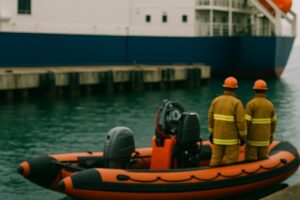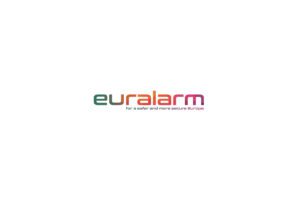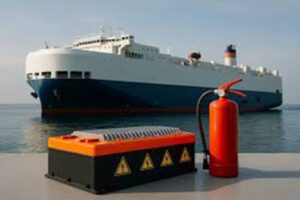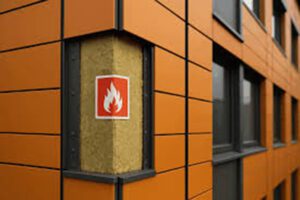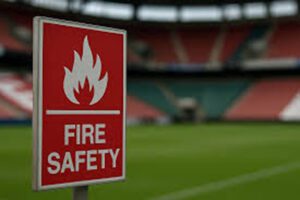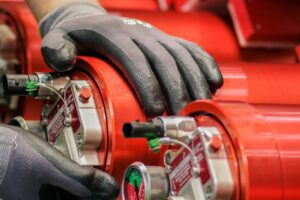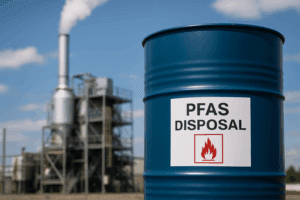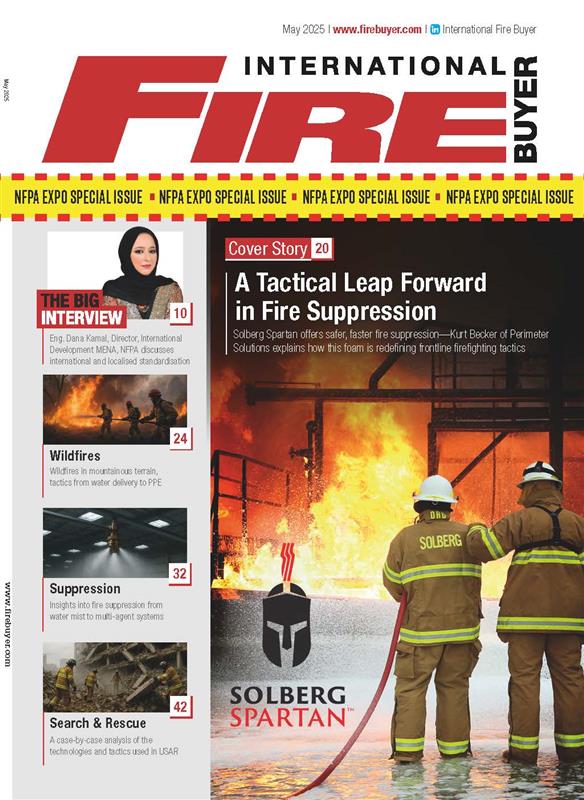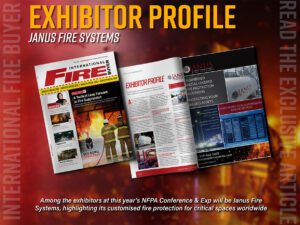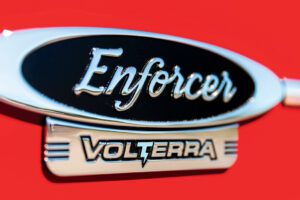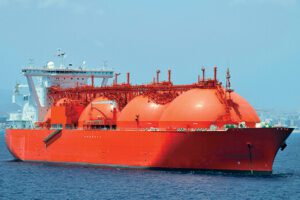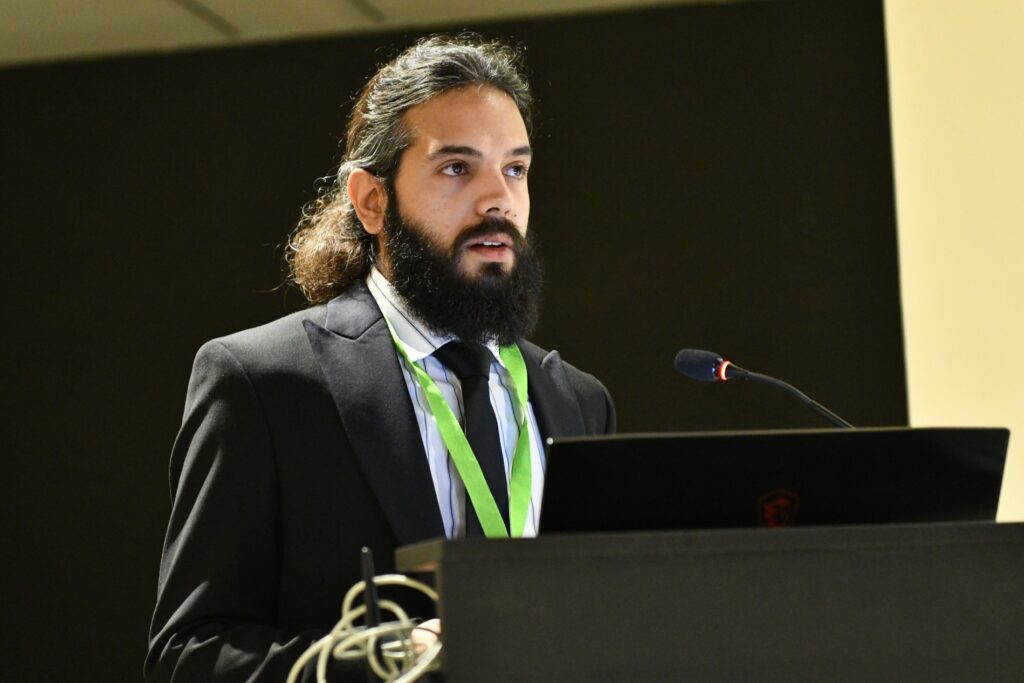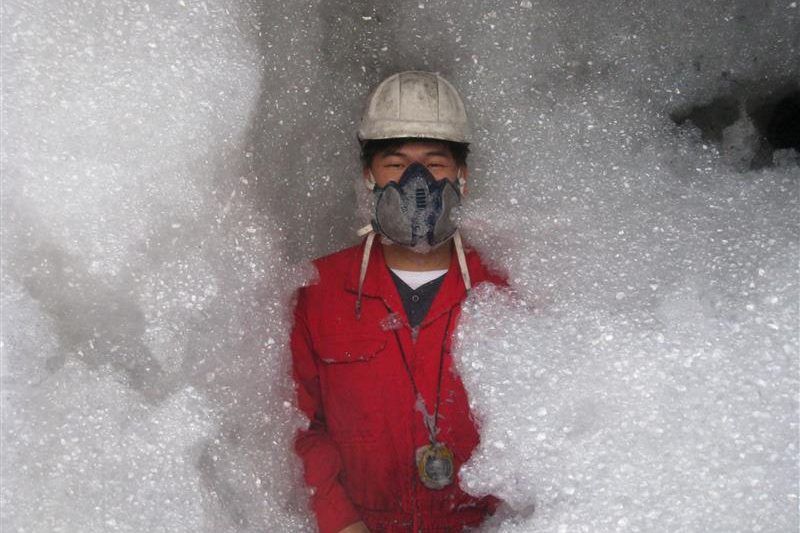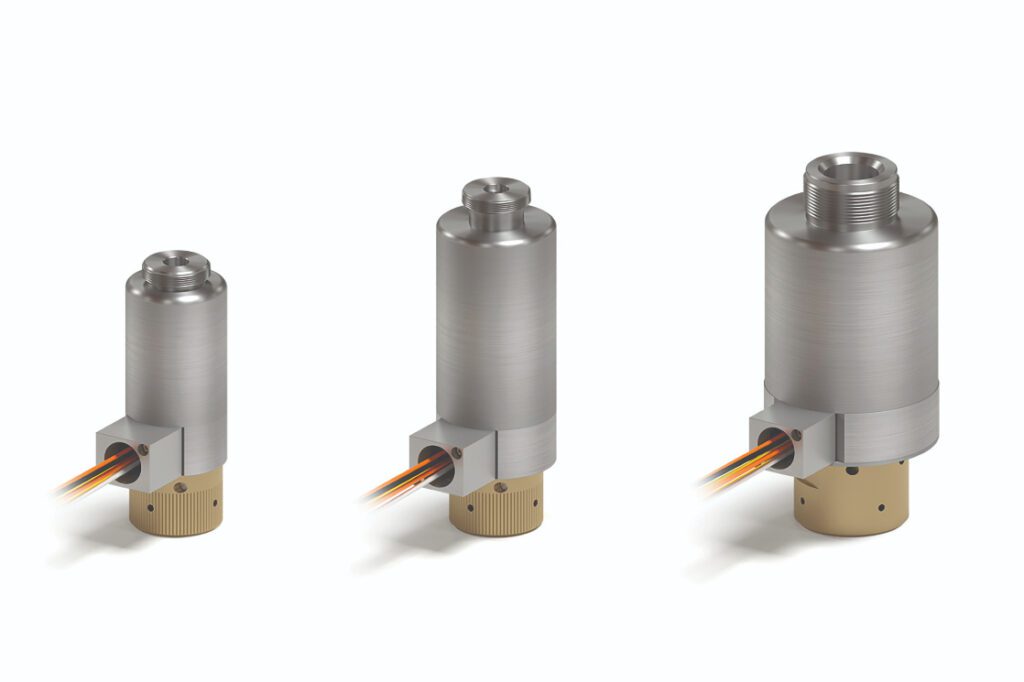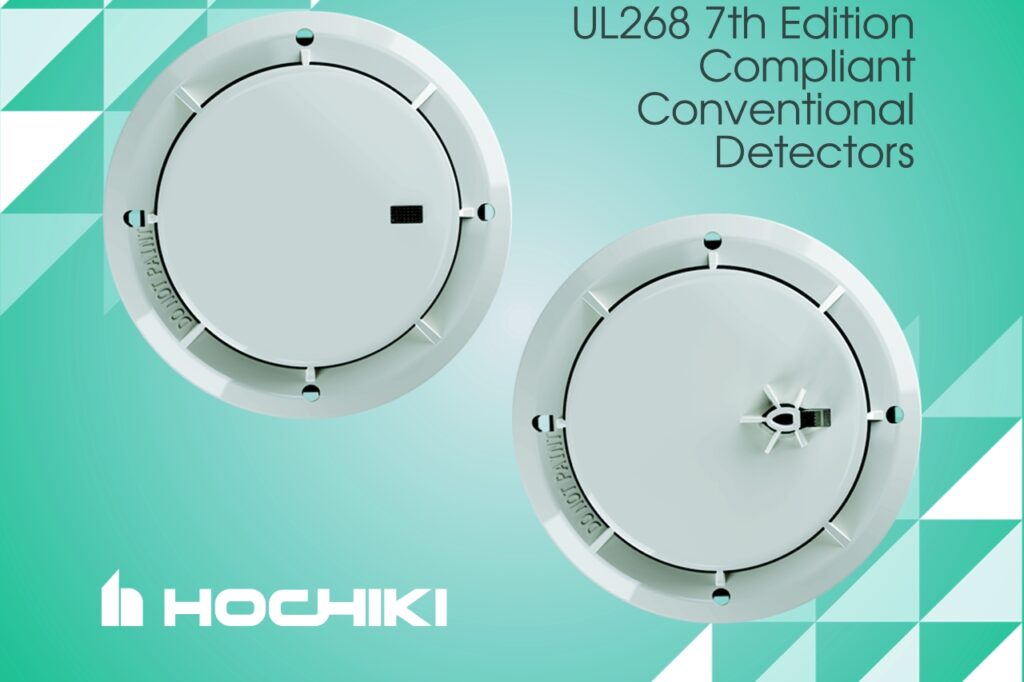How Oklahoma City Fire Dept. Responded to Covid
Battalion Chief Clint Greenwood, Oklahoma City Fire Department (ret.) discusses for International Fire Buyer the importance of prioritising decontamination On January 20, 2020, my role with the City of Oklahoma Fire Department took an unexpected turn. After barely a year as Battalion Chief of Safety, we started hearing about COVID-19, a deadly virus spreading rapidly worldwide. It was hard to imagine it would make its way to Oklahoma, but it did. We had never faced anything like this. The Centers for Disease Control reported the first confirmed U.S. case on January 18, 2020, and activated their Emergency Operations Center that same day. My background in hazardous materials response proved valuable as we worked to protect our responders and fire department employees throughout this pandemic. Like the rest of the world, our department wrestled with the best methods to prevent contamination effectively. Prioritising Decontamination & Safety Infection and cross-contamination were major concerns in the close quarters firefighters share–living and working together and sharing apparatus for 24-hour shifts. Whether at the scene, riding back to the station, or during the daily activities at the fire station, the possibility of contamination was and is still everywhere. Our top priority was on-scene and post-incident decontamination and disinfection to ensure the safety of our personnel at all worksites. As with any significant challenge, extensive research went behind streamlining our approach to contamination reduction. This resulted in a comprehensive document developed through collaboration between emergency responders and occupational health clinics. These recommendations were then adopted by the Oklahoma City Fire Department, which outlined a repeatable, systemic process to effectively minimise exposure risks to harmful biological contaminants during EMS and other emergencies. The main challenge was that this type of contamination was invisible, leading some personnel to underestimate the threat, particularly when the gear didn’t appear visibly soiled. I believe continued education and extensive training are truly the means to raise awareness and transform behaviors to improve risk management, especially considering that over 80% of emergency calls fire departments receive are EMS calls. I’m glad the awareness of these hidden risks increased significantly after the pandemic, as reflected in a recent survey on biological risk concerns and decontamination and practices conducted by Cres Cor Health & Safety. In Oklahoma, we also expanded our Exposure Control Plan (ECP) to create a safer, healthier work environment by reducing occupational exposure to bloodborne pathogens, following OSHA standard 29 CFR 1910.1030, “Occupational Exposure to Bloodborne Pathogens.” Additionally, our employees would be more vigilant for evidence of biological infestation, particularly those involving bugs or vectors that spread diseases known as vector-borne diseases (VBDs). Vectors are insects like mosquitoes, ticks, and fleas that carry and transmit these diseases. VBDs are caused by parasites, viruses, and bacteria spread by vectors, leading to symptoms such as headaches, pain, fatigue, and encephalitis while some can become serious, life-threatening illnesses. Some VBDs, like the plague, have been around for thousands of years, while others, like Heartland and Bourbon virus diseases, have been discovered recently. Bedbugs, lice, ticks, and fleas are common carriers of these diseases. While removing and washing clothing is easy, it became clear that certain equipment is more difficult to clean, disinfect, and decontaminate. Cleaning structural turnout gear, dual certification gear, (rescue/wildland), helmets, EMS jump kits, SCBA masks, and all non-consumable, durable equipment to NFPA 1851 standards is no easy task. It becomes increasingly frustrating and stressful as we strive to maintain operational readiness while balancing the need for proper decontamination, all without taking equipment out of service for extended periods. Review the full document and implement it in your department – click here. (https://info.crescor-hs.com/clint-greenwood-describes-cres-guard-biological-decontamination-0) The Solution: Cres Guard Crafting a procedure to tackle the contamination threats was a start. However, the true challenge for us, like many first responders early in the pandemic, was to find ways to disinfect different types of personal protective equipment (PPE), such as N95 masks, which were in short supply. I was introduced to the Cres Guard at the Fire Department Instructor Conference (FDIC) and was skeptical about its capabilities. After spending hours with Cres Cor Health and Safety and watching demonstrations, I realised I had found a device that would help combat any future biological emergencies. Its ease of use stood out, and we soon discovered a wide array of additional uses within our fire department. Today, Cres Guard is a key part of our broad Contamination Reduction Program in Oklahoma City… Read the full article in our October issue.
How Oklahoma City Fire Dept. Responded to Covid Read More »


